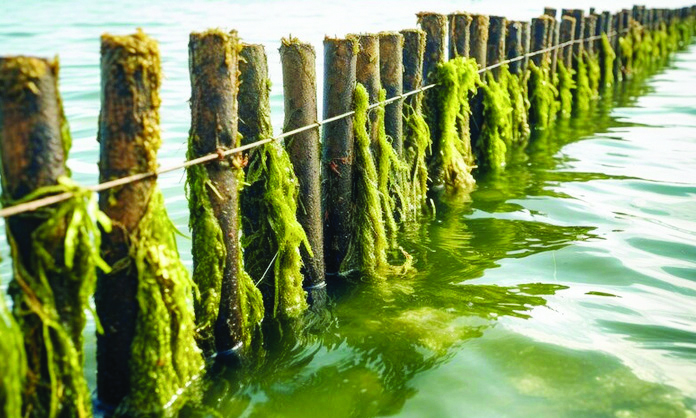Unexploited frontiers in the natural world can restore environmental equilibrium, while spurring economic growth and providing opportunities for greater social equality – take seaweed, for instance.
For centuries, brown, green and red algae growing naturally in salty coastal waters or strewn along shorelines has been gathered for consumption and sale – mostly by women – to support the nutritional and economic needs of rural families and communities.
In more recent times, women have also dominated the aquaculture production of seaweed.
Generally considered a good source of dietary fibre, micronutrients and protein, seaweed is considered a healthy, low-calorie food.
It is also commonly used as fresh feed in aquaculture and as hydrocolloids, a gel-like substance.
A new World Bank report, titled ‘Global Seaweed: New and Emerging Markets 2023’, explores the many facets of seaweed, proposing potential areas offering solutions to development challenges.
The 10 global seaweed subsector markets identified in the report are projected to grow by up to US$11,8 billion by 2030.
Funded by the Problue Multidonor Trust Fund, this report was produced by the World Bank Group’s AquaInvest platform.
Although wild harvesting of seaweed is typically less costly than cultivation, due to rapidly increasing demand, future growth in the sector is destined to be tied to farmed aquaculture production, which currently produces over 97% of all commercially traded seaweed.
Despite recent proliferation of seaweed from wild sources – especially sargassum, a menace in the Caribbean Sea and the Atlantic Ocean – this is not expected to contribute significantly to the required volumes.
The top four short-term projected uses are for pet food, animal feed, methane-reducing additives, and biostimulants, which are used in soil as a conditioner to produce crops more efficiently, avoiding the need for fertilisers or other inputs which can produce planet-warming greenhouse gases.
Medium-term opportunities for seaweed products include nutraceuticals, alternative proteins, bioplastics and fabrics.
Pharmaceuticals and construction offer long-term opportunities.
If markets for seaweed expand geographically, greater volumes and applications could be realised.
Although seaweed has been cultivated in Asia for more than 50 years, cultivation could be expanded across other regions to boost supply.
Enhanced seaweed production and improved value chains can contribute to meeting at least nine of the 17 United Nations Sustainable Development Goals.
Seaweed plays a role in eliminating hunger, improving health, reducing gender inequality, mitigating and adapting to climate change, building economic growth while preserving biodiversity, supporting life below water and on land and improving opportunities for decent work.
Seaweed farming could help support a world free of poverty on a livable planet.
With its ability to sink carbon, sustain marine biodiversity, employ women and unlock value chains, seaweed farming demonstrates how development, climate and nature work together to generate value and uplift communities.
- Harrison Karisa is a senior fisheries specialist (aquaculture), and Christopher Ian Brett a lead agribusiness specialist at the World Bank Group.



Leave a Reply